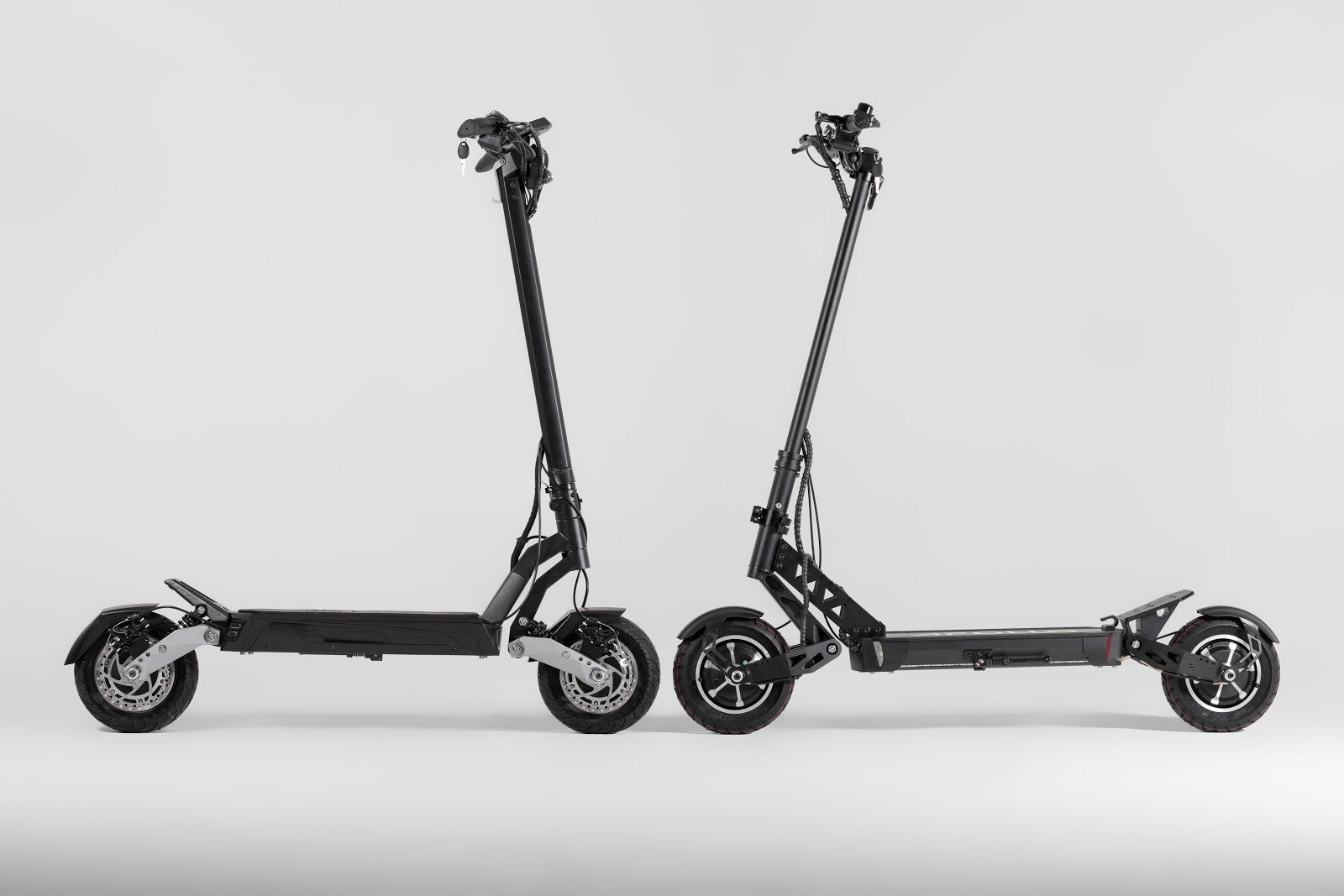With more options for sustainable transportation than ever before, it can be difficult to choose just one. We’re putting together a quick guide to the advantages and disadvantages of one of the most popular modes of electric transportation - electric scooters - in hope of helping you make the right choice. For the sake of this comparison, we will be focusing on five main criteria - distance, reliability, convenience, power, and cost. Since there can be a lot of range amongst consumers, for the sake of the discussion I am going to assume the perspective of a commuter. Let’s dive in!
-
Distance - known as “last mile transportation”, this variable is predominantly dependent on the battery inside of the electric scooter or bike. Most mainstream scooter options, whether it’s the Xiaomi M365 or the Ninebot ES2 feature Chinese cell batteries with 7.8aH capacity. Though these manufacturers will claim ranges of 30-40km, this can only be achieved if the electric scooter is driven in “eco-modes”, which effectively reduce the cruising speed to 15km/h. Driving at their max speed of 25km/h, the more realistic range is often 10-15km. For an average commuter, this would work well in combination with a bus or train ride that will cover the majority of the distance, allowing the scooter to reduce the commute to and from the public transit. That said, if you are planning on only using the scooter to get to and from work or school, we would recommend looking at scooters with larger batteries or bringing the charger along with you.
-
Reliability - we define reliability as the number of times the scooter worked divided by the total number of times the scooter was needed. As with most things, there are about 20% of root causes that drive 80% of issues with scooters. By far, the most common problem with the Xiaomi M365 and the Ninebot ES2 is the battery. Both manufacturers use Chinese cell batteries, which have a limited number of charge cycles and cost about $200 USD to replace. For that reason, we are seeing an increasing number of new brands offering similar products with custom LG batteries (as is the case with all of our products). Secondly, many scooter overs will experience a flat tire. While this is just as inevitable while driving a car or riding a bike, this is where you should be looking for warranties. Alternatively, some models were designed with that issue in mind and consequently utilize airless tires. Lastly, it is worth mentioning that most manufacturers give their scooters an IP54 waterproof rating. According to the manual, this allows the vehicle to be driven through water puddles up to 2 inches deep. That said, one drop of water is often all it takes to cause a short circuit of the control board. We recommend purchasing waterproof silicone along with your scooter and waterproofing it according to our instructions to decrease the likelihood of this happening.
-
Convenience - this one will not vary much between the different models available on the market as most scooters fold, though the main difference is weight. There is an obvious trade-off between weight and power, and more weight comes with more batteries, which naturally leads to more power. Scooters like the Ninebot ES2 come in at just over 12kg, while some of the custom designs (such as the X3) can go up to 18kg. Again, this should only be a consideration if you plan on carrying the scooter for an extended period of time.
-
Power - in this case meaning both, acceleration and top speed. The main factor that will affect the power of a given electric scooter is the wattage of the brushless motor. The Xiaomi M365 and the Ninebot ES2 both feature a motor with 250W. It’s a decent amount, however where we start to notice issues is with passengers weighing over 90 kg and hills steeper than 10-15 degrees. If you happen to be a bigger person or live in a city with a lot of hills, we strongly recommend opting out for something with a bit more kick such as the X2 with the external battery pack which effectively increases the motor power to 350W. Alternatively look for custom models like the X3, which give out plenty of power with the 500W motor.
-
Cost - electric scooters range from $600 all the way to $3,000 for custom jobs. At this point, it’s the cost of an old car, and you need to be able to justify it. The biggest reason we see customers purchase scooters is that they prefer them over bicycles. You could easily spend a similar amount on a city bike, however, unlike one, the electric scooter requires much less effort to drive, allows for more convenient storage (as it can be picked up instead of locked), and is significantly cheaper than electric bikes. The second main reason we see people switching towards scooters is that they offer a sustainable mode of transportation. Those fed up with driving cars and being stuck in traffic finally make the switch and don’t look back.
Ultimately the decision to purchase an electric scooter is a personal one. Think carefully about the above considerations and should you feel comfortable making the trade-offs, then go for it. Lastly, make sure to read up on your local laws regarding electric scooters as different provinces have adopted a different outlook onto them. Happy driving!





